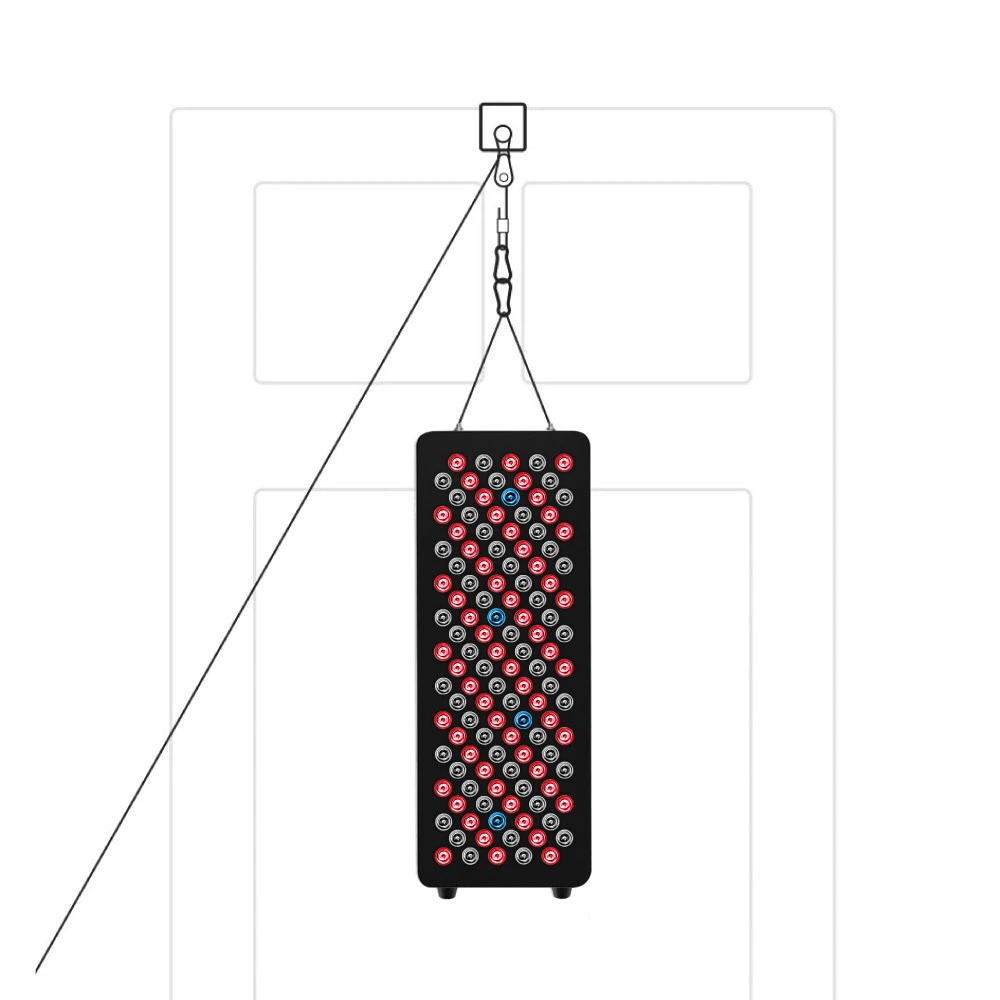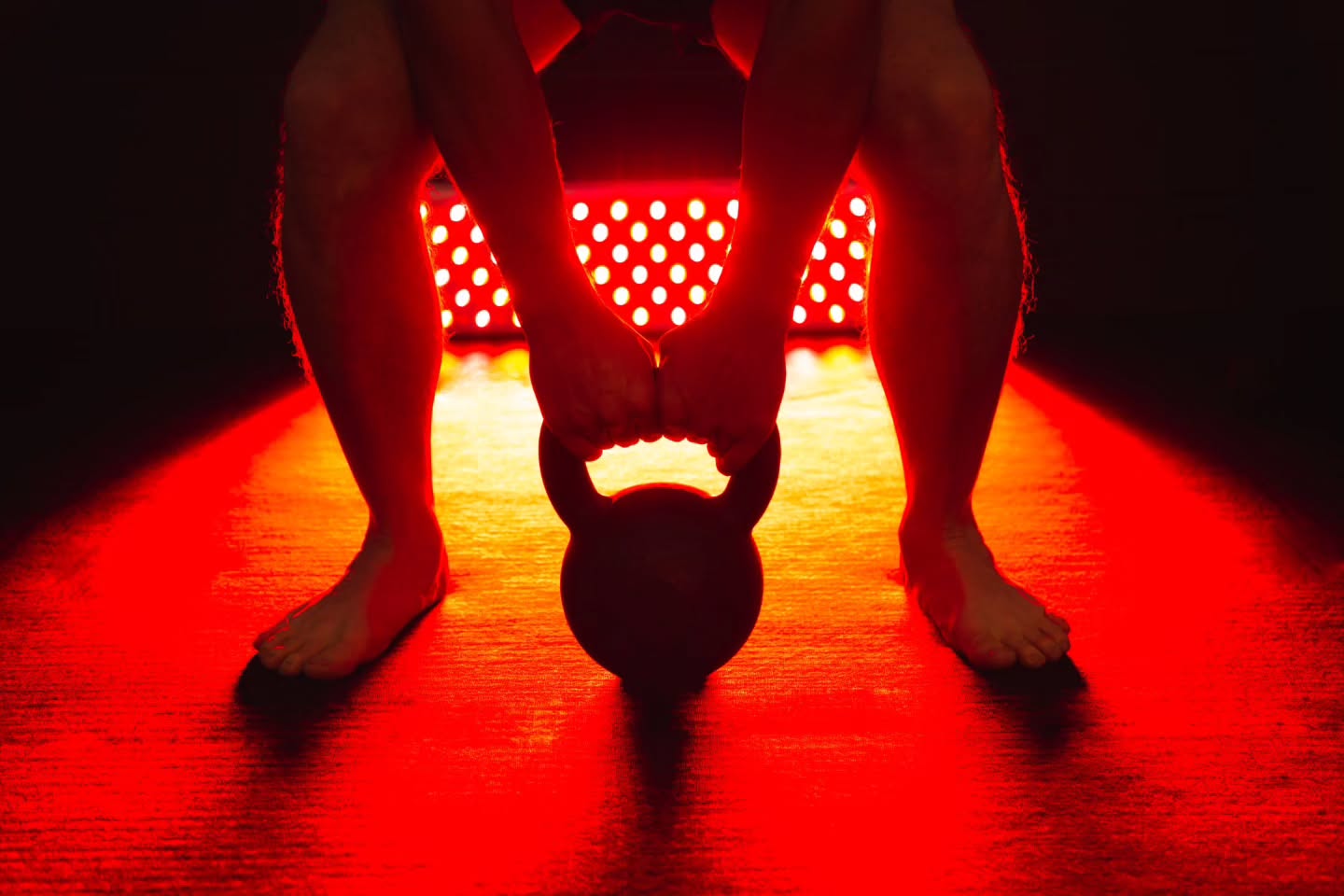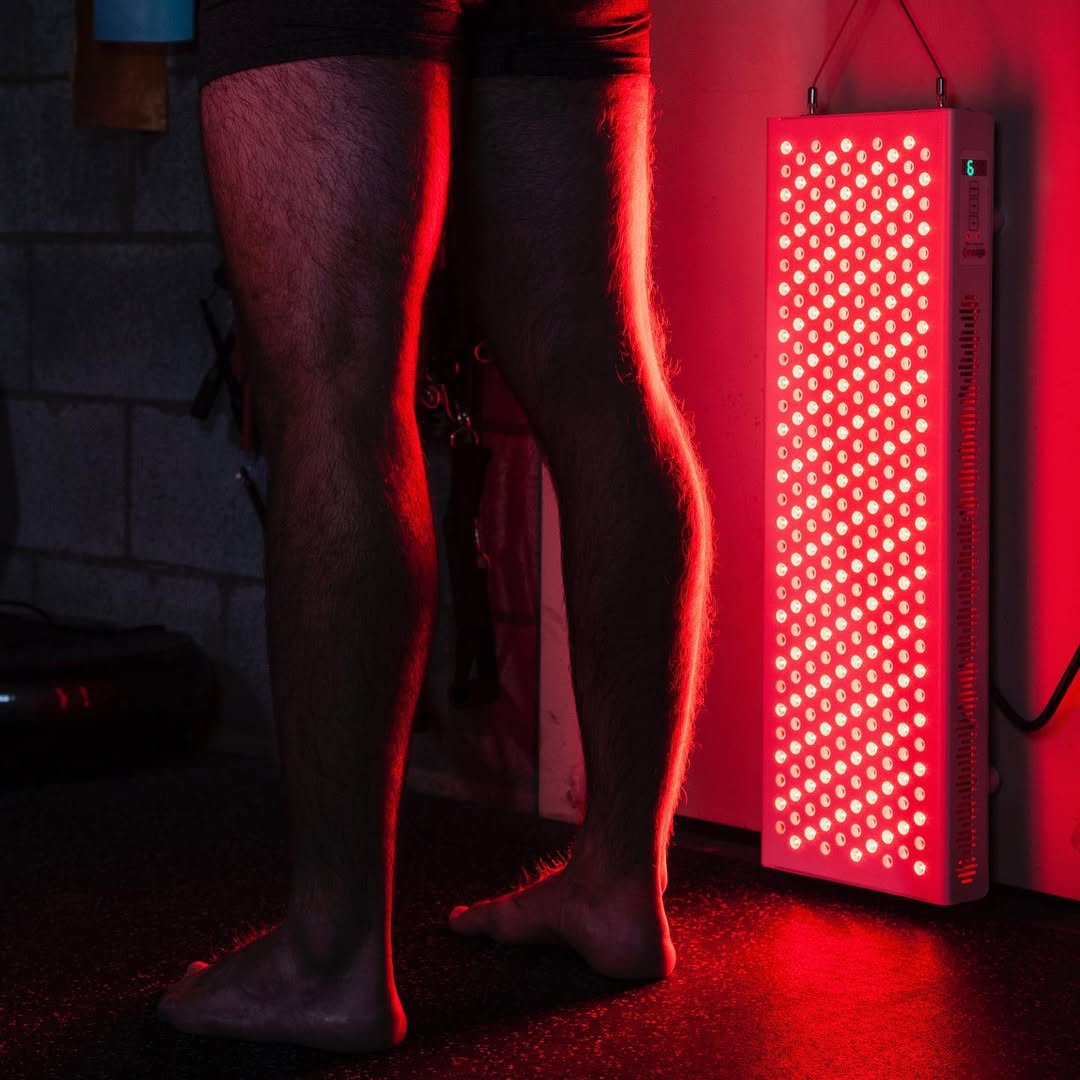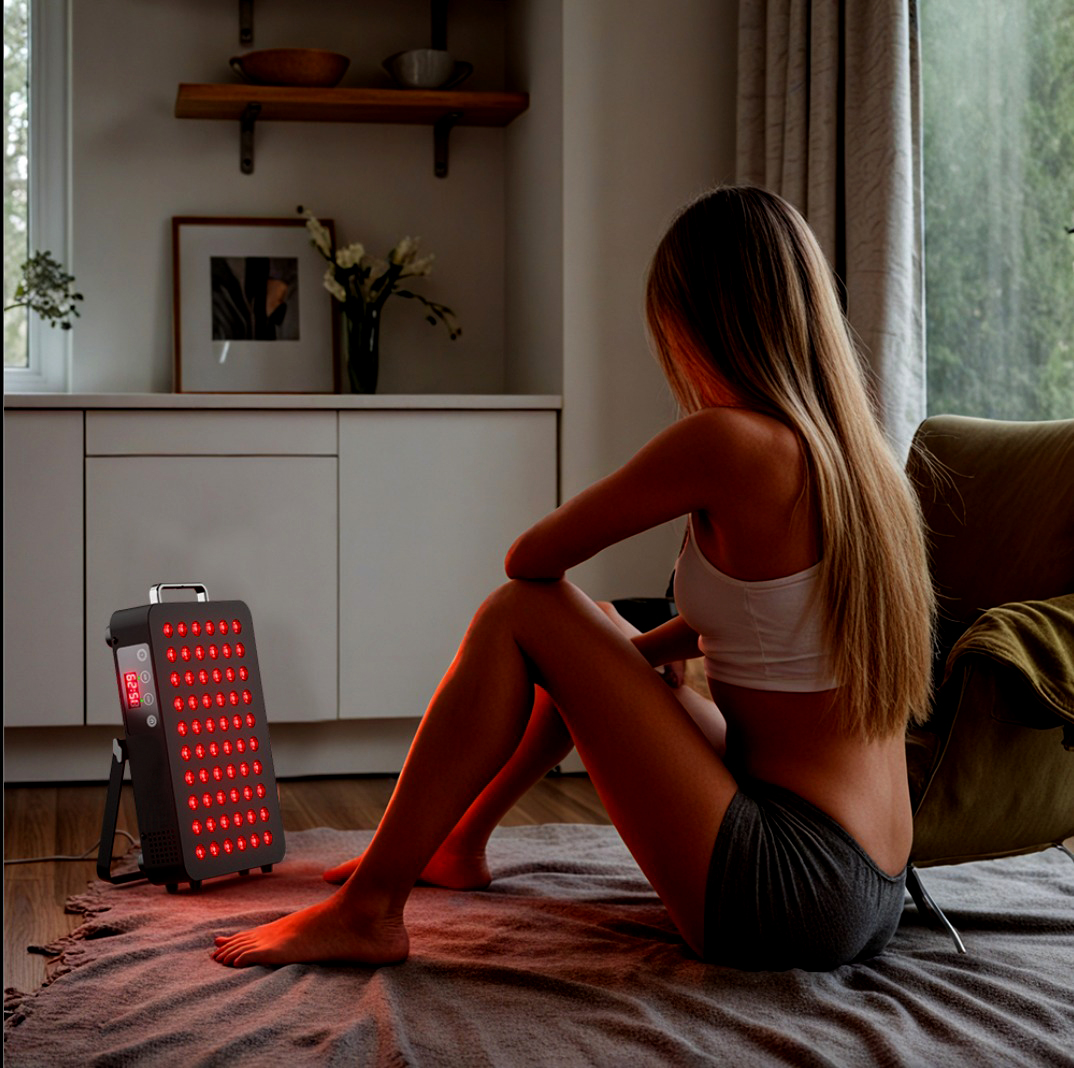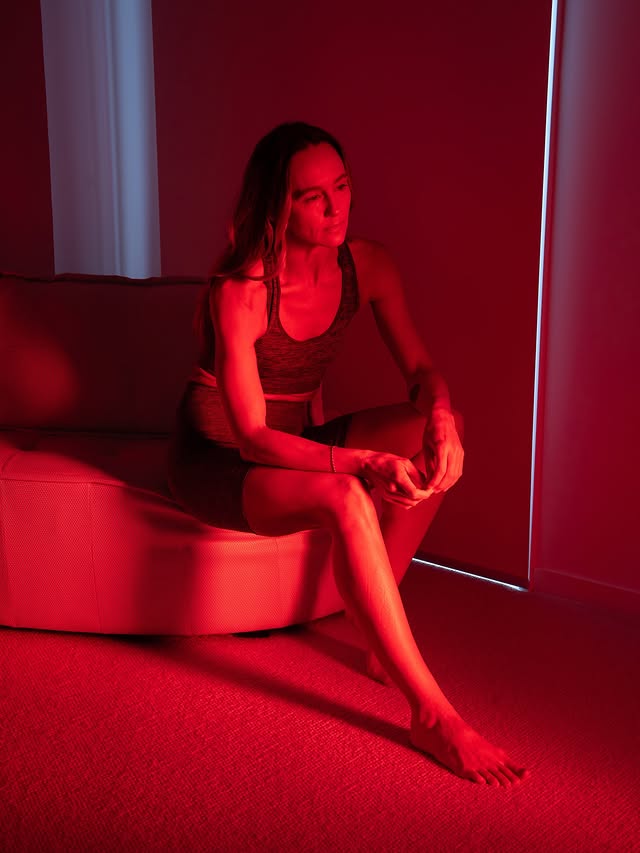![]() Free Shipping
Free Shipping ![]() Buy Now, Pay Later
Buy Now, Pay Later ![]() Eligible
Eligible
Does Red Light Therapy Affect Tattoos? A Science-Backed Guide
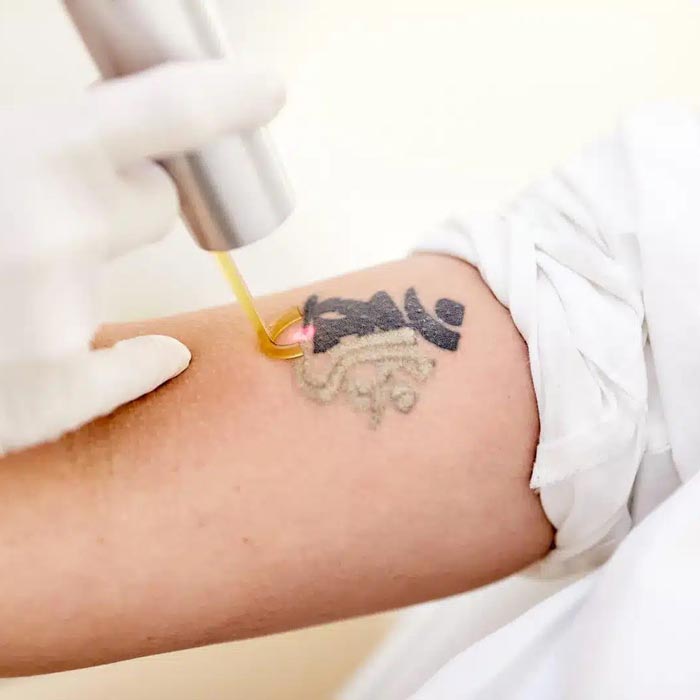
Red light therapy (RLT) has surged in popularity as a non-invasive treatment for everything from skin rejuvenation and pain relief to muscle recovery. But if you have tattoos, a crucial question arises: Is red light therapy safe for inked skin? The good news is that not only is RLT generally considered safe for tattoos, but it may also offer specific benefits. This article dives deep into the science, separating fact from fiction to give you a clear, confident answer.
What is Red Light Therapy? A Brief Overview
Red Light Therapy (RLT), also known as photobiomodulation (PBM) or low-level laser therapy (LLLT), is a therapeutic technique that uses specific wavelengths of red and near-infrared light.
How it works: Unlike UV light that can damage skin, red and near-infrared light penetrate the skin’s layers and are absorbed by the mitochondria within our cells. This absorption stimulates the mitochondria to produce more adenosine triphosphate (ATP), the energy currency of the cell. Enhanced cellular energy leads to a cascade of beneficial effects, including:
- Reduced inflammation
- Increased blood circulation
- Stimulated collagen production
- Accelerated tissue repair
The Interaction: Red Light Therapy and Tattoo Ink
The primary concern for tattooed individuals is whether the light will cause the ink to break down, fade, or heat up dangerously. Let’s break down the science.
Does Red Light Therapy Fade Tattoos?
The short answer is: No, not significantly.
Tattoo fading is primarily caused by ultraviolet (UV) radiation from the sun or tanning beds. UV light is high-energy, which is why it breaks down the pigment molecules in tattoo ink over time, leading to fading and blurring.
Red light and near-infrared light are low-energy wavelengths. They do not possess the same photochemical energy as UV light to degrade tattoo ink pigments effectively. While any light source could theoretically cause minuscule changes over an extreme period, the risk of red light therapy causing noticeable tattoo fading is exceptionally low.
Can Red Light Therapy Cause Tattoos to Heat Up?
This is a valid concern, especially with darker or denser tattoos. Dark colors, particularly black, absorb more light energy across the spectrum.
Dr. Michael Hamblin, a leading photobiomodulation researcher, notes: “There is a theoretical concern that very dark pigmentation, including tattoo ink, could absorb light and cause localized heating. However, with the low power densities used in cosmetic and clinical RLT devices, this heating is typically minimal and not considered dangerous.”
Most high-quality, modern RLT devices for home and clinical use operate at power outputs that are too low to cause significant or dangerous heating of tattoo ink.
Potential Benefits of Red Light Therapy for Tattooed Skin
Surprisingly, RLT isn’t just safe; it can be actively beneficial during and after the tattooing process.
1. Accelerating Tattoo Healing
Getting a tattoo is a traumatic process for the skin. RLT’s well-documented ability to reduce inflammation and stimulate fibroblast activity (cells that produce collagen) can significantly speed up the wound-healing process. This can lead to:
- Reduced scabbing and peeling
- Lessened redness and swelling
- Faster skin regeneration
2. Improving Skin Health Around and Under the Tattoo
Healthy skin makes for a better-looking tattoo. By boosting collagen and elastin production, red light therapy can improve the overall texture and elasticity of the skin. This can help keep the tattooed skin supple, potentially preventing the ink from spreading or blurring as quickly as it might on aging, less-elastic skin.
3. Reducing Scarring and Ink Hypersensitivity
For individuals prone to keloids or who have experienced minor scarring from a tattoo, RLT can help soften and reduce the appearance of scar tissue. Furthermore, its anti-inflammatory properties may help calm minor, chronic irritation or hypersensitivity to certain tattoo inks.
Precautions and Best Practices
While the evidence points to safety, it’s always best to proceed with caution.
- Consult Your Artist and Doctor: Always seek advice from your tattoo artist and a healthcare professional, especially if you have a fresh tattoo, known ink allergies, or sensitive skin.
- Listen to Your Skin: During a session, if you feel any unusual heat, discomfort, or burning sensation specifically on your tattoo, stop the treatment immediately.
- Stick to Reputable Devices: Use only FDA-cleared or medically-grade RLT devices from reputable manufacturers. These are calibrated to deliver safe, effective wavelengths and power densities.
- Healed Tattoos Only: Do not use red light therapy on a fresh, unhealed tattoo. Wait until the skin is fully healed, which typically takes 2-4 weeks, to avoid irritation or interfering with the natural healing process.
VELLGUS Elite V2
THE #1 RATED RED LIGHT DEVICE
VELLGUS pro V2
THE #1 RATED FULL BODY RED LIGHT DEVICE
Summary Table: Red Light Therapy & Tattoos at a Glance
| Concern / Aspect | Explanation | Verdict |
|---|---|---|
| Tattoo Fading | RLT uses low-energy light, unlike high-energy UV light that causes fading. Risk is minimal to none. | Very Low Risk |
| Ink Heating | Dark ink can absorb light, but with proper devices, heating is minimal and not dangerous. | Low Risk |
| Healing Acceleration | RLT reduces inflammation and boosts cellular repair, which can speed up the healing of a new tattoo. | Confirmed Benefit |
| Skin Health | Increases collagen production, improving the texture and elasticity of the skin holding the tattoo. | Confirmed Benefit |
| Safety for Fresh Ink | Not recommended until the skin is fully healed to avoid irritation. | Wait 2-4 Weeks |
Final Verdict
Based on current scientific understanding and user experiences, red light therapy is generally safe and does not negatively affect tattoos. The low-energy wavelengths do not fade ink like UV light, and the risk of harmful heating is negligible with certified devices.
In fact, the therapeutic properties of RLT can be highly beneficial, promoting faster healing of new tattoos and improving the long-term health and appearance of the skin that holds your art. As with any treatment, caution and consultation with a professional are always the best first steps.



